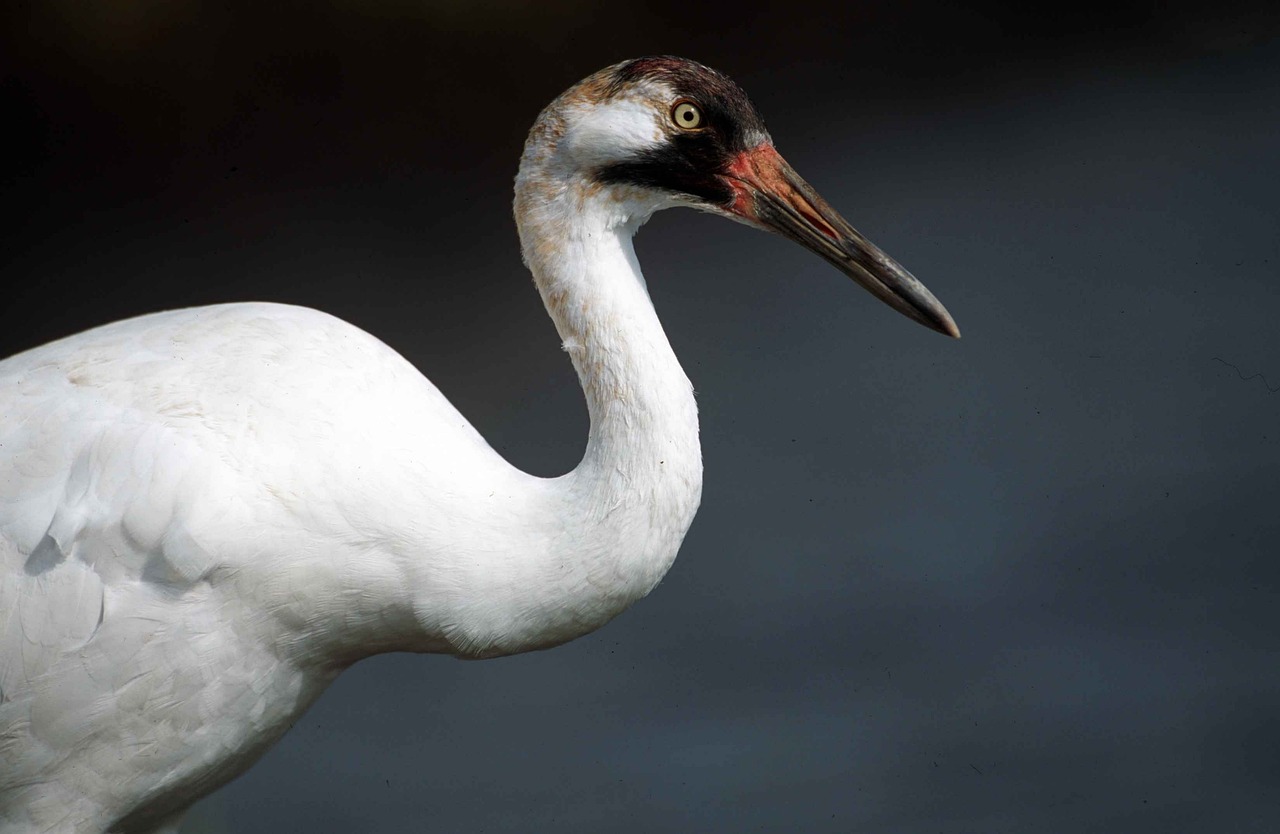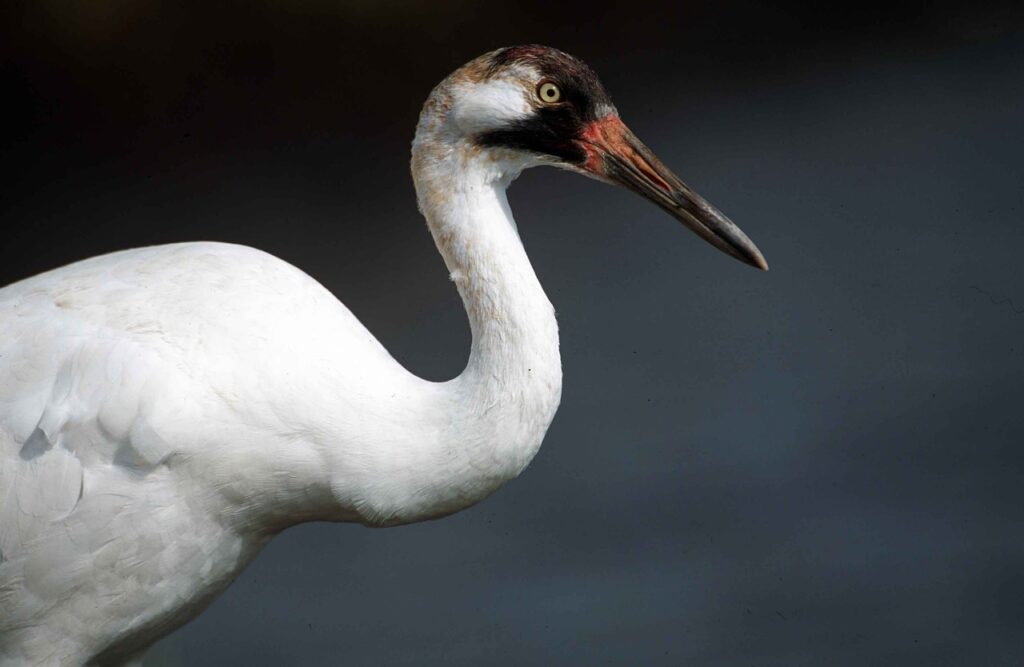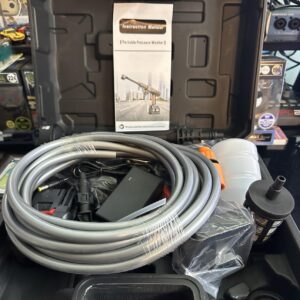
Wisconsin’s Precious Wildlife: 5 Endangered Species in Need of Protection
1 Karner Blue Butterfly (Lycaeides melissa samuelis)

The Karner Blue Butterfly, with its delicate wings adorned with vibrant hues of blue, once fluttered abundantly across Wisconsin’s prairies. However, habitat loss and fragmentation have pushed this species to the brink of extinction. The destruction of its native lupine plants due to agriculture and urban development poses a significant threat. Conservationists are working tirelessly to restore the butterfly’s habitat and implement measures to safeguard its survival.
By Hollingsworth, J & K – U.S. Fish & Wildlife Service National Digital Library: WO-5309-020, Public Domain, https://commons.wikimedia.org/w/index.php?curid=1216948
2 Whooping Crane (Grus americana)

As one of North America’s most iconic birds, the Whooping Crane is a symbol of hope and resilience. Yet, its population dwindled to perilously low numbers in the mid-20th century due to hunting and habitat destruction. Despite concerted efforts to reintroduce and protect these majestic birds, they remain critically endangered in Wisconsin. Conservation initiatives focus on preserving wetland habitats, mitigating human disturbances, and monitoring the remaining populations to ensure their survival.
3 Piping Plover (Charadrius melodus)

The Piping Plover, a small shorebird with a distinct piping call, once thrived along the sandy shores of the Great Lakes. However, habitat loss, recreational activities, and predation have pushed this species to the brink of extinction in Wisconsin. Conservation efforts involve habitat restoration, predator management, and public awareness campaigns to promote responsible beach stewardship. Protecting nesting sites and minimizing disturbances are crucial steps in preserving this imperiled species.
By Mdf, CC BY-SA 3.0, https://commons.wikimedia.org/w/index.php?curid=4698896
4 Eastern Massasauga Rattlesnake (Sistrurus catenatus)
Wisconsin’s only venomous snake, the Eastern Massasauga Rattlesnake, inhabits wetlands and grasslands, where it plays a vital role in maintaining ecological balance. However, habitat degradation, persecution, and road mortality have significantly reduced its population. Conservation strategies include habitat restoration, road mitigation measures, and public education to dispel myths and misconceptions surrounding this elusive reptile. Efforts to designate critical habitats and implement conservation easements are essential for its survival.
By I, Oeropium, CC BY-SA 3.0, https://commons.wikimedia.org/w/index.php?curid=4021775
5 Rusty Patched Bumblebee (Bombus affinis)

- Once a common sight among Wisconsin’s wildflowers, the Rusty Patched Bumblebee has experienced a dramatic decline in recent decades. Factors such as habitat loss, pesticide exposure, and disease have contributed to its decline. Recognized as an essential pollinator, the survival of this bumblebee species is crucial for maintaining ecosystem health and biodiversity. Conservation efforts involve habitat restoration, pesticide regulation, and citizen science initiatives to monitor populations and promote habitat connectivity.
In conclusion, Wisconsin’s biodiversity is a precious legacy that demands our attention and stewardship. While these five species represent only a fraction of the state’s endangered wildlife, their plight underscores the urgent need for conservation action. Through collaborative efforts involving government agencies, conservation organizations, scientists, and the public, we can preserve these species and ensure a thriving natural heritage for future generations. It is imperative that we act decisively to protect and restore their habitats, mitigate threats, and foster coexistence between humans and wildlife. Together, we can secure a brighter future for Wisconsin’s endangered species and the ecosystems they inhabit.
By USGS Bee Inventory and Monitoring Lab from Beltsville, Maryland, USA – Bombus affinis, F, side, sky meadows, virginia_2014-09-22-18.05.02 ZS PMax, Public Domain, https://commons.wikimedia.org/w/index.php?curid=36825054








